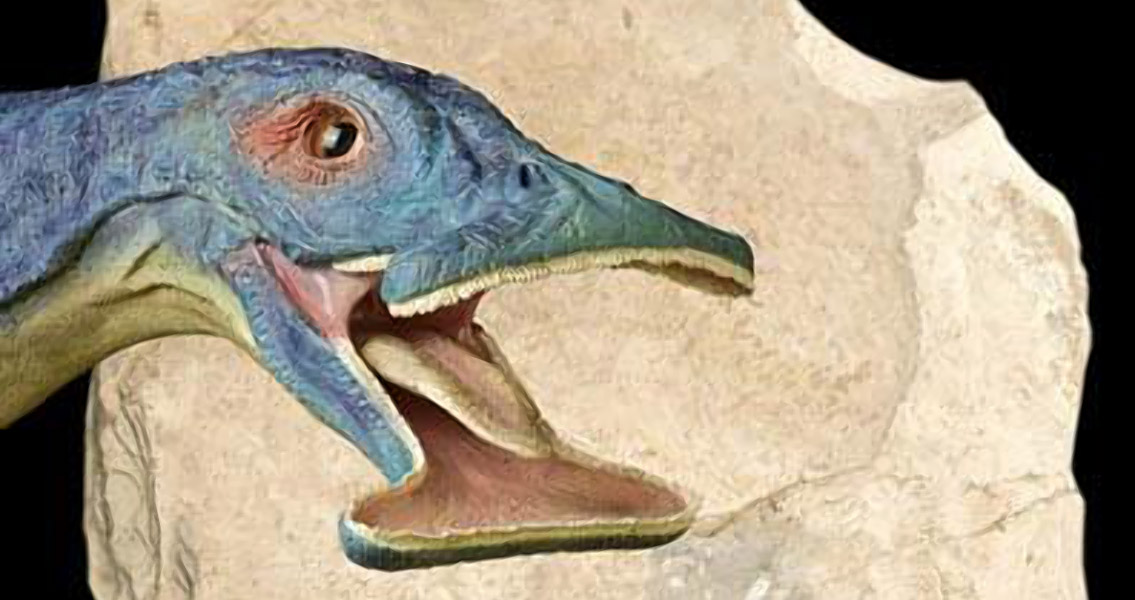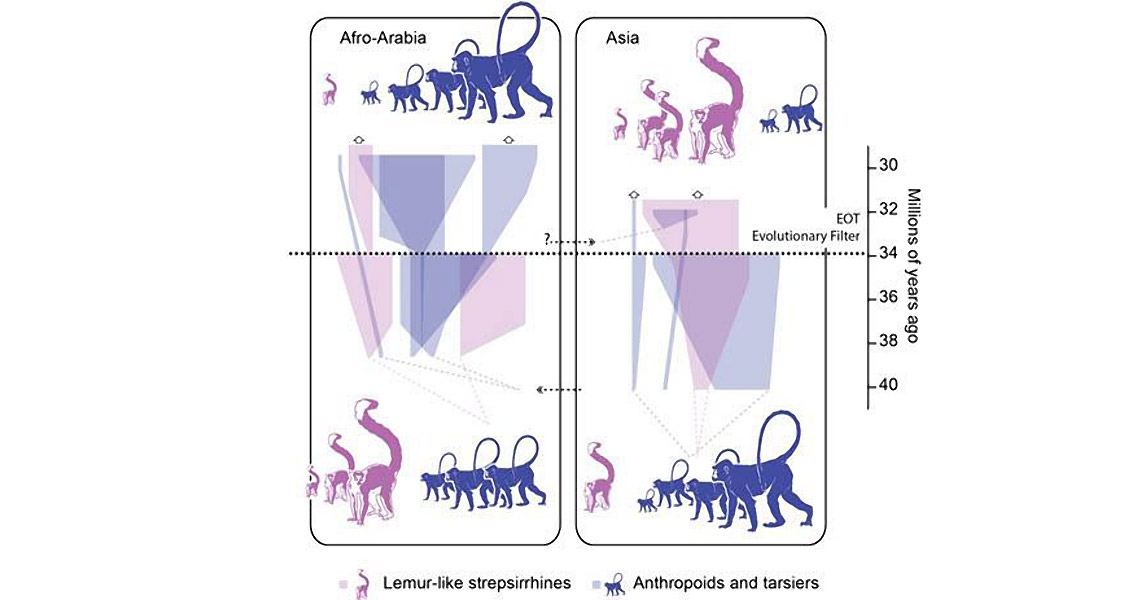Atopodentatus unicus, a sea-dwelling reptile that was around the size of a crocodile, was originally discovered in 2014. The fossil was nearly intact except for its head, which seemed to indicate that the creature had a beak similar to a modern flamingo. However, new research into A. unicus conducted by Dr. Li Chun from the Chinese Academy of Sciences has revealed the true story of the creature’s curious so-called beak, unveiling evidence gathered from two additional specimens that A. unicus had a spade-like mouth adapted for feeding on plants on the seafloor. The two new A. unicus specimens, also discovered in southwestern China, plainly indicate that the upper and lower jaws of the creature formed a horizontal “hammerhead” shape. The marine reptile’s mouth was lined with peg-like teeth on the edge, followed with more needle-like teeth further within. According to Olivier Rieppel, co-author of the study, from the Field Museum of Natural History; the arrangement is less than ideal for catching and chewing live prey, indicating that instead A. unicus would have used its front teeth to tear algae or other underwater plants free from rocks and then filtered the contents of its mouth by forcing water through its side teeth – much in the same way baleen-whales filter feed today. Based on these findings, A. unicus is the oldest known plant-eating marine reptile. In fact, the next earliest filter-feeding marine animal that ate plants doesn’t show up in the fossil record for an additional eight million years, according to the research team. The bizarre creature with the unique feeding adaptation first appeared during the early Triassic Period, just 10 million years or so after the largest mass extinction in the history of the Earth. A. unicus’ appearance so relatively quickly after this extinction event implies that life not just returned but diversified much more swiftly than currently understood. However, the time after the extinction event around 252 million years in the past is certainly characterized by strange creatures in the sea, such as the 17-foot long reptile known as Dinocephalosaurus – which had a neck fully half the length of its body, according to fossil remains. A. unicus is such an unusual specimen that its position on the reptile family tree is hard to place, according to co-corresponding study author Dr. Nicholas Fraser of National Museums Scotland. The fossil record for the creature is largely complete, Dr. Fraser added, pointing out that this will necessitate that scientists find the fossilized remains of close relatives of A. unicus that have yet to be discovered, in order to determine these evolutionary connections. For now, the researcher said he would classify A. unicus as at least tangentially related to the plesiosaur, a marine reptile that had a similarly long neck but is believed to have been an oceanic apex predator during the era of the dinosaurs. The research study, which was recently published in the journal Science Advances, can be found online here Image courtesy of Institute of Vertebrate Paleontology and Paleoanthropology (IVPP) of the Chinese Academy of Sciences]]>







